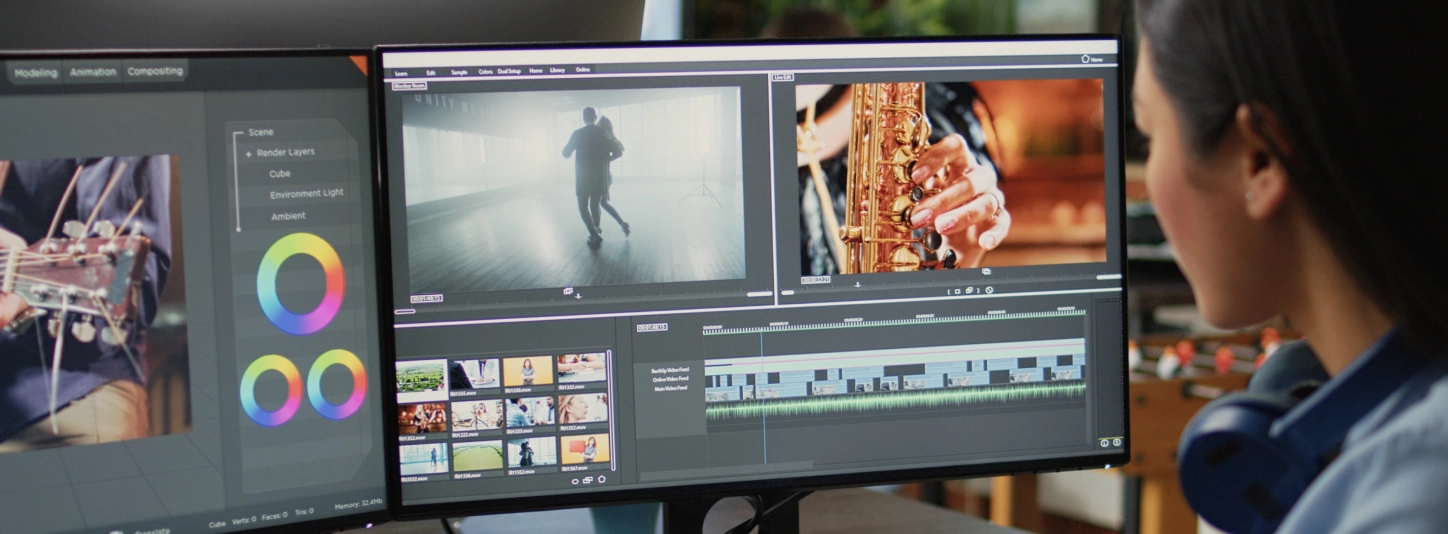webinar
The future of storytelling with an AI lens
Join us for an exciting conversation with Alejandr...
Fresh insights, tutorials and strategies to help you make more video.
Join us for an exciting conversation with Alejandr...
Get creative inspiration, learn new subjects, and expand your skill set.


Watch live or on-demand webinars featuring industry experts from Google, Hubspot, and more, teaching you how to level-up your skillset.
View more